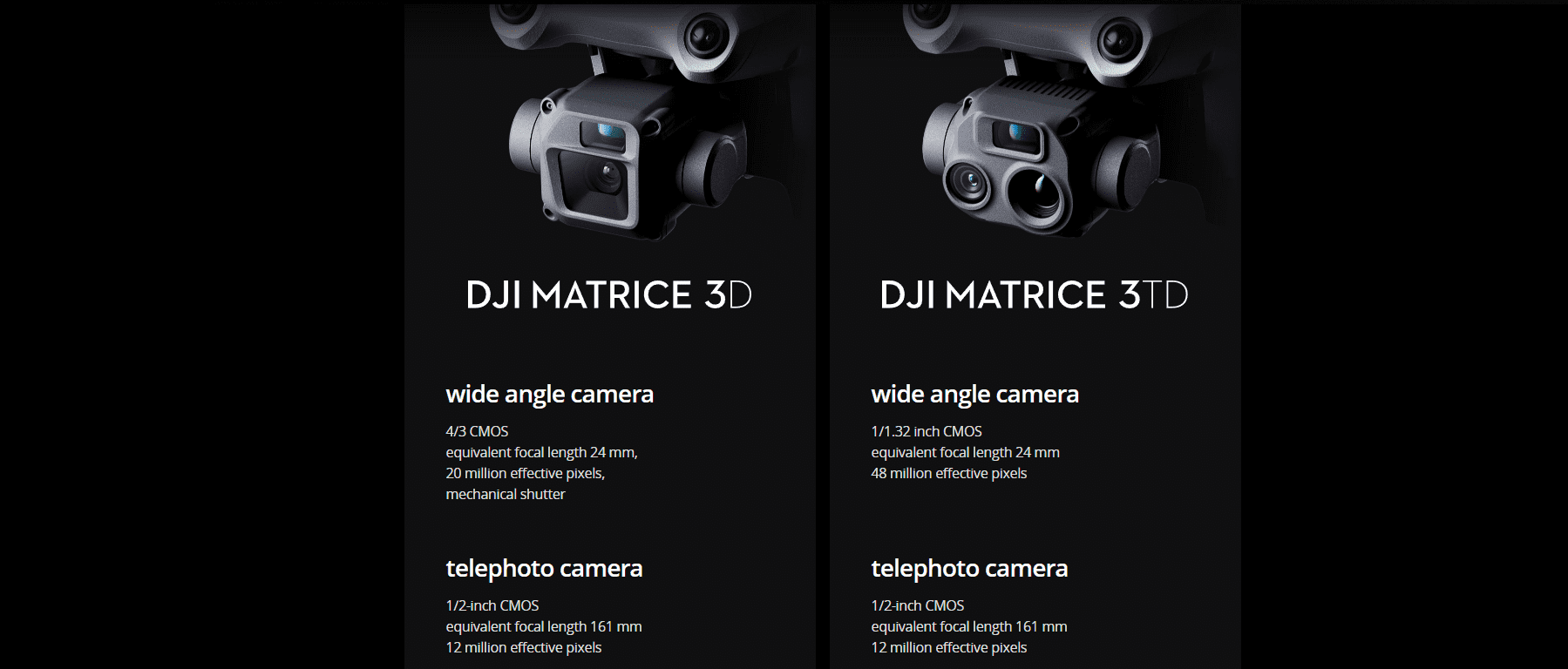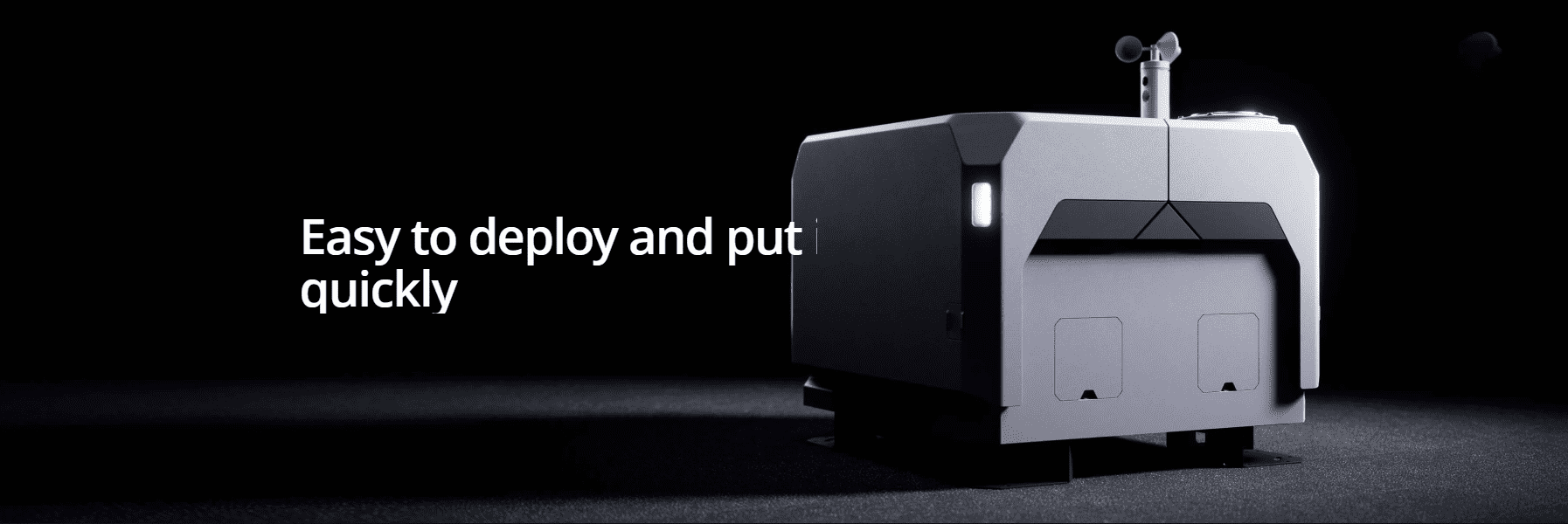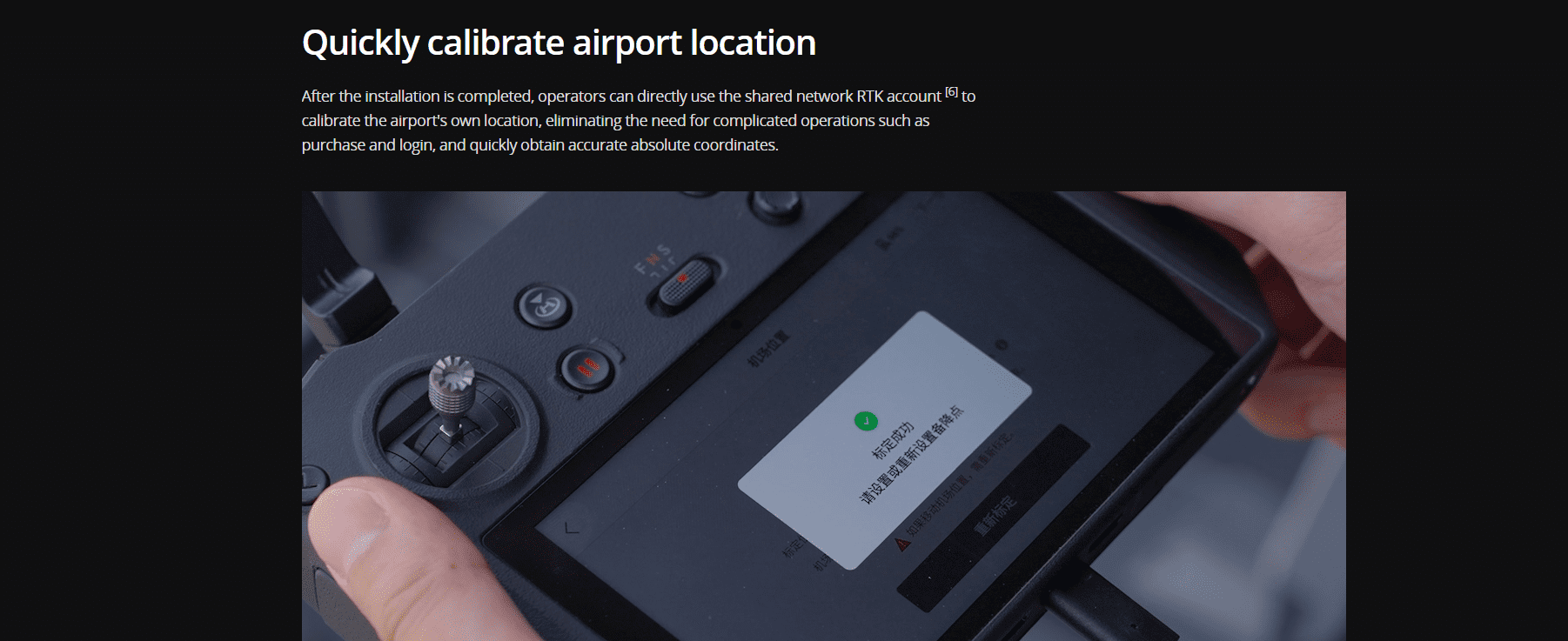JHD DJI Dock 2 with Matrice 3D 3TD Drone professional Enterprise




























$12,999.00 – $14,999.00




























| Versions | DJI Dock 2 with M3D Drone, DJI Dock 2 with M3TD Drone |
|---|
The weight of 34 kg (excluding aircraft)
may vary due to different batches of materials and other reasons. Please refer to the actual product.
-25°C to 45°C
When the ambient temperature is lower than -20°C, the airport is in standby mode and the aircraft cannot perform flight missions.
This data was measured when the aircraft (when powered off) was charged from 20% to 90% in a 25°C environment for 32 minutes .
More than 5 hours
measured in an environment of 25℃ and with the battery fully charged. After a power outage, the airport does not support aircraft charging, air conditioning, hatch heating, anemometer heating and other functions. Please troubleshoot the fault in time.
Requires cooperation with the DJI enhanced image transmission module.
It is only available in mainland China.
1410g
This value includes the weight of the battery, propellers and microSD card and does not include third-party payloads. The weight may vary due to different batches of materials and other reasons, please refer to the actual product.
50 minutes
Battery life measured in a controlled test environment. The specific test conditions are: an altitude of 20 meters, a windless laboratory environment, flying forward at a constant speed of 46.8 km/h, switching to photo mode (no photo operation during the process), obstacle avoidance behavior set to off, and flying to 0% remaining. power. Under different external environments, usage methods, and firmware versions, the results may vary to varying degrees. Please refer to actual experience.
This data was measured when the DJI Matrice 3D series drone hovered at an altitude of 20 meters for 40 minutes
in a windless environment with 0% battery remaining. Under different external environments, usage methods, and firmware versions, the results may vary to varying degrees. Please refer to actual experience.
This data was measured at 10 kilometers under the conditions of ambient temperature of about 25°C, safe power level of 25%, ambient wind speed of about 4 meters/second, round-trip speed of about 15 meters/second, and hovering operation for 10 minutes .
Under different external environments, usage methods, and firmware versions, the results may vary to varying degrees. Please refer to actual experience.
43 kilometers
In a windless environment, this data was measured when the DJI Matrice 3D series drone flew at a constant speed of 54 kilometers per hour at an altitude of 20 meters with 0% battery remaining. Under different external environments, usage methods, and firmware versions, the results may vary to varying degrees. Please refer to actual experience.
There is a 10° visual blind zone at the rear and upper side of the six-directional obstacle avoidance aircraft , so please fly with caution.
Support for using the DJI enhanced image transmission module
is only supported in mainland China.
The maximum output power is 100 watts (total)
. When used simultaneously, the power adapter will dynamically allocate the output power of the two interfaces according to the load power. The maximum output power of one interface is 82 watts.
Airport
In the event of an unexpected power outage, the airport can still operate independently for more than 5 hours* with the help of the built-in battery, leaving sufficient time for the aircraft to return and land. After a power outage, the airport does not support aircraft charging, air conditioning, hatch heating, anemometer heating and other functions. Please troubleshoot the fault in time.
* Measured in an environment of 25℃ and with the battery fully charged.
aircraft
The DJI Matrice 3D series is specially designed for DJI Airport 2. Compared with the DJI Mavic 3 Industry series, the flight time is increased to 50 minutes*, and the body is waterproof, equipped with RTK antenna, and supports functions such as lens defogging and wireless charging.
* Battery life measured in a controlled testing environment. The specific test conditions are: an altitude of 20 meters, a windless laboratory environment, flying forward at a constant speed of 46.8 km/h, switching to photo mode (no photo operation during the process), obstacle avoidance behavior set to off, and flying to 0% remaining. power. Under different external environments, usage methods, and firmware versions, the results may vary to varying degrees. Please refer to actual experience.
The aircraft is equipped with an E-Port interface, which supports the connection of third-party loads such as loudspeakers and searchlights to achieve more functions. At the same time, the aircraft’s E-Port Lite interface supports access to parachutes, effectively ensuring flight and personnel safety.
Third-party loads such as megaphones, searchlights, and parachutes need to be purchased separately.
Copyright©2025 JHDmart
Reviews
There are no reviews yet.